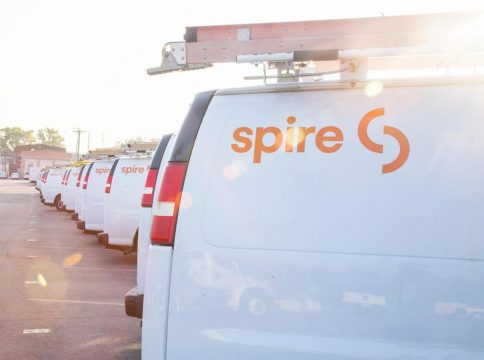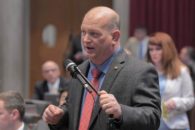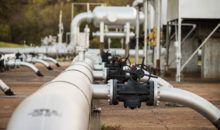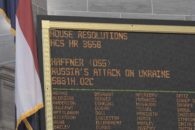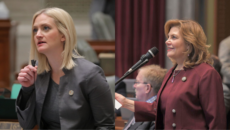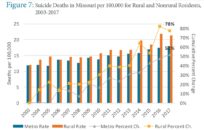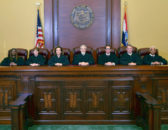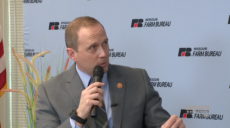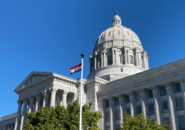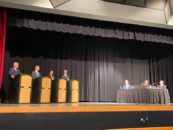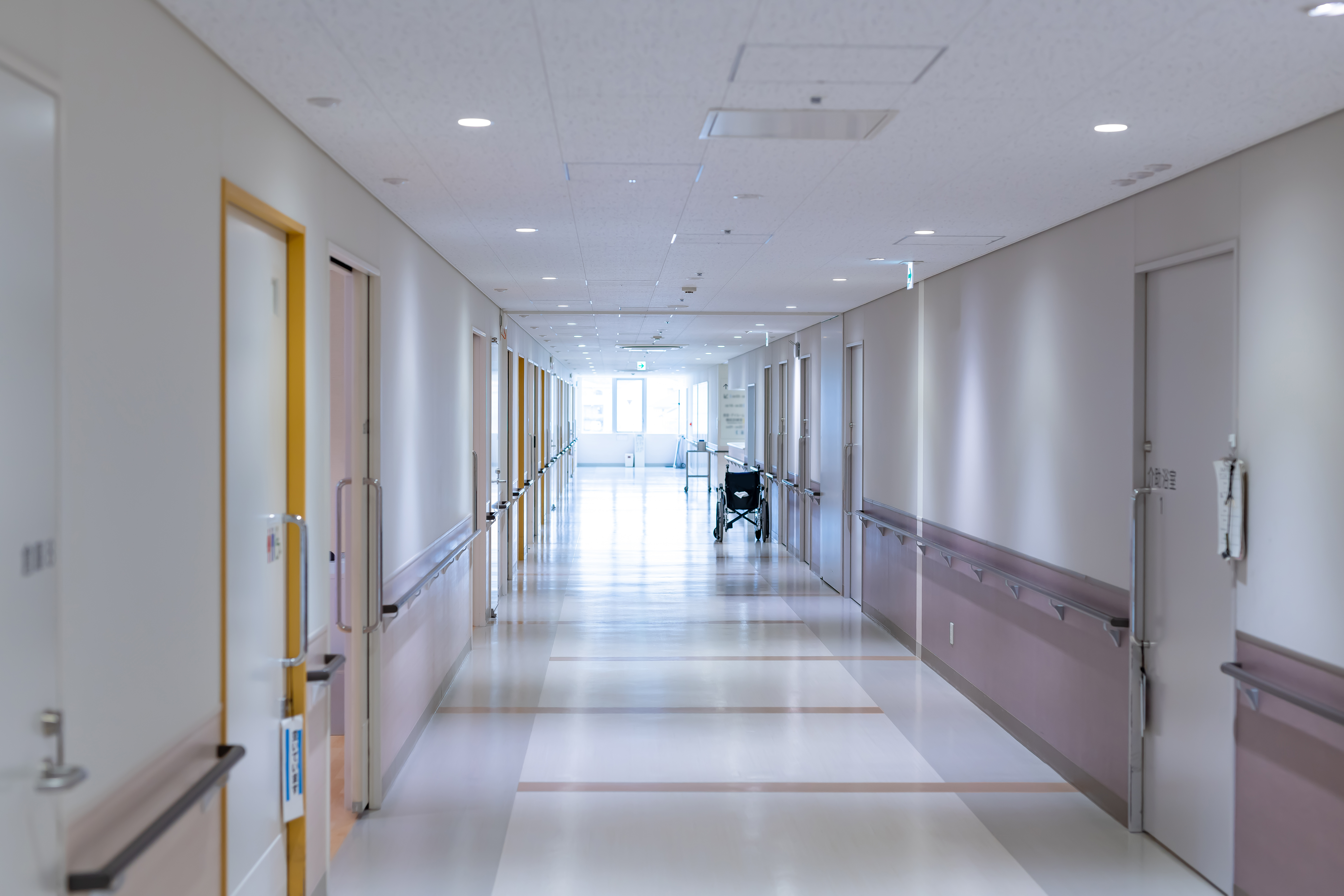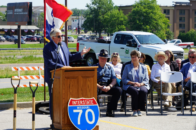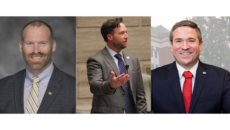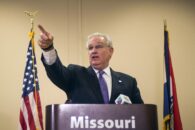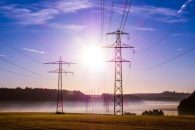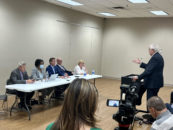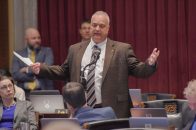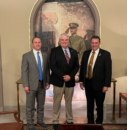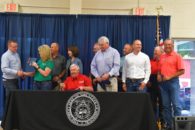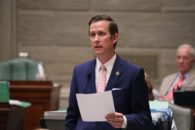A recent court decision vacating approval for an active natural gas pipeline could have drastic consequences for customers in the St. Louis region, according to Spire Missouri.
The pipeline was granted a certificate of Public Convenience and Necessity by the Federal Energy Regulatory Commission (FERC) in 2018 after years of discussion on the shifting natural gas market, and Spire STL Pipeline was formed to develop the 65-mile interstate pipeline to bring natural gas from other production regions to the St. Louis area. The pipeline began operations in 2019, supplying more than 650,000 customers and businesses, according to Spire.
The Environmental Defense Fund (EDF), which has long been opposed to the project, sued FERC and the pipeline, alleging the commission failed to justify its approval of the project. Three judges on the U.S Court of Appeals for the District of Columbia unanimously sided with the group last month, vacating the approval and remanding the decision to FERC for further consideration.
Despite the setback and the rare revocation of an active system’s approval, Spire Missouri President Scott Carter said the utility was still backing the continued use of the pipeline.
“The vacate part is something that is fairly unique for an operating pipeline, and that’s what puts us at an immediate need,” Carter told The Missouri Times. “Where we are is sort of halftime of the game; there’s a FERC order that’s been remanded so it’ll have to go back to FERC, and we’ll have to go through the issues again. We as a customer of the pipeline believe the value is there and the need is there, and we’ve seen the benefits with Winter Storm Uri.”
EDF argued the commission failed to prove the pipeline’s benefits would outweigh any adverse effects, a position Carter opposed. He said the commission spent 18 months considering the project before giving its approval and pointed to February’s winter storms as proof of the pipeline’s benefits.
Spire was among the companies presenting their plans to mitigate the impact of February’s cold snap on customers’ bills at a Missouri Public Service Commission (PSC) workshop in April, hoping to spread the resulting rate increases out over the next decade. Carter said the overall impact would be a 25 percent rate increase for the western part of the state while the eastern side would see a 15 percent hike due to the pipeline. Without the pipeline in place, the increase could have totaled more than $300 million, he predicted.
“Spire Missouri East noted the lowest impact — other companies saw a huge impact or have to double their prices so we saw this as a great win for this region,” Carter said. “If we had to source it across the supply that we had prior to the pipeline, we estimate the gas price could have been much higher for customers in St. Louis. We were able to save that because we were sourcing gas and accessing supplies that were not as impacted by the winter storm.”
If the pipeline were taken out of service, Carter said Spire’s ability to provide natural gas service to the St. Louis region would be heavily constrained. The change could result in interruptions during the winter and loss of energy for 175,000-400,000 customers in the region, with a gap in service possibly lasting up to 100 days.
So far, there are no official plans to stop the pipeline’s operations. With the issue returning to FERC — which is now chaired by a commissioner who voted against the project’s approval in 2018 — Carter said his company was focused on spreading awareness and supporting the pipeline while the commission did its work.
“Our goal as the utility is to remind everyone how critical this is to our needs and the risk it creates for our operations and our customers should that pipeline shut down,” Carter said. “This pipeline has been valuable to us as an operator and especially to our customers. Our role in all this is to make sure we serve our customers and make sure we can bring them natural gas at the best cost possible — that’s our focus as we go through this process.”

Cameron Gerber studied journalism at Lincoln University. Prior to Lincoln, he earned an associate’s degree from State Fair Community College. Cameron is a native of Eldon, Missouri.
Contact Cameron at cameron@themissouritimes.com.

